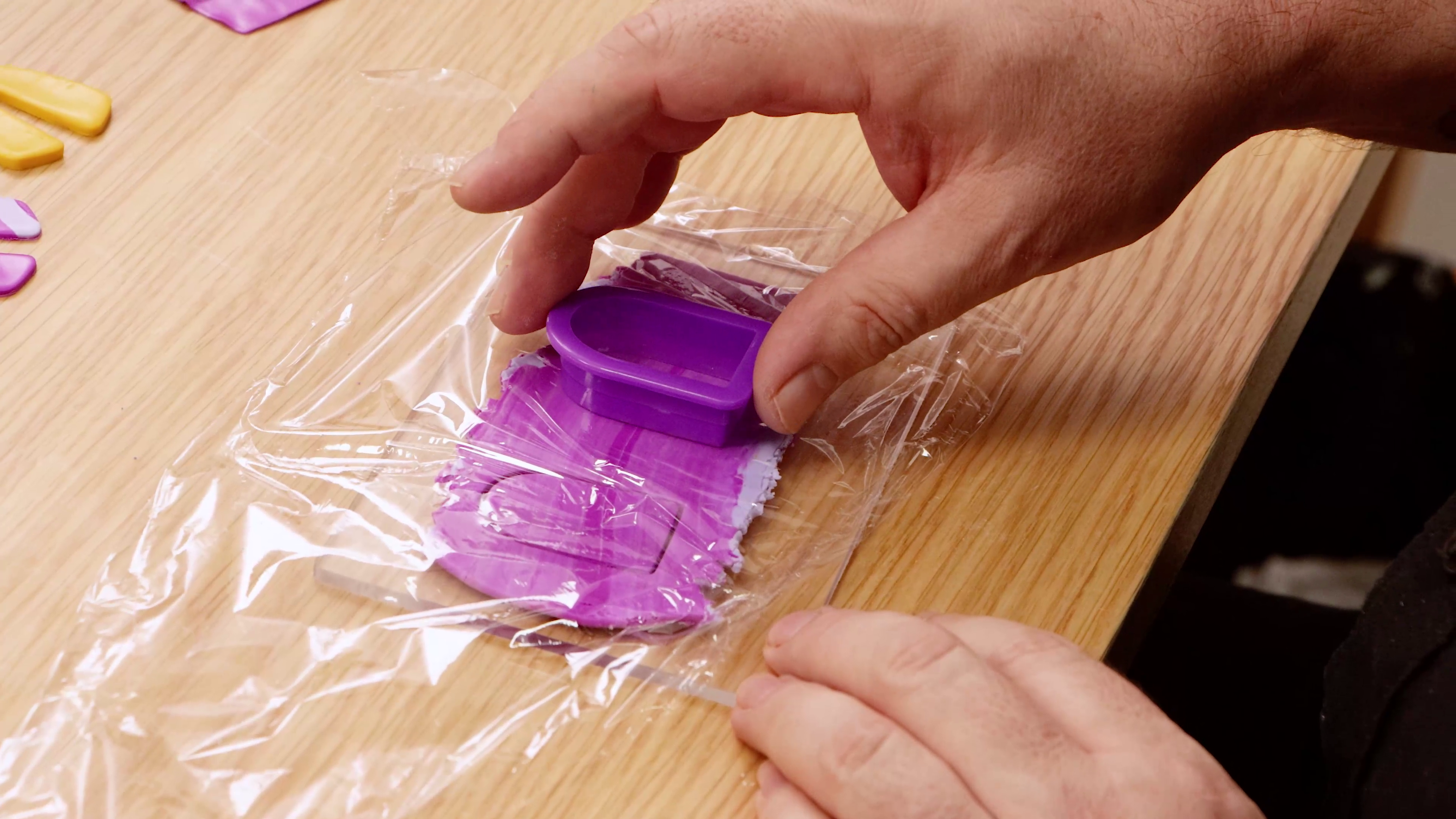Create a painterly landscape with 8 oil paints
In this lesson Joe uses the Mont Marte 8pce Oil Colour Intro Set to create a beautifully colourful painterly landscape. In true painterly style this piece celebrates the vibrancy of traditional oils.
Step 1. Creating the Background
This project does not require much in the way of layout drawing. The only element that has to be placed in is the path. Refer to the 1st image and draw it in with pencil. Next lay out some Titanium White, Lemon Yellow, Brilliant Red, Purple, Phthalo Blue and Ivory Black.
Create a light Grey from 1 part Black, to 5 parts White and lay this into the area of the path. Once this is in, darken the right hand side by blending in some Ivory Black and Phthalo Blue, Ensure the transition is smooth. Paint in the rest of the canvas with Titanium White mixed with Linseed medium to the ratio of 1:1.
Next add a mid Grey into the middle ground from 1 part Ivory Black to 3 parts Titanium White. Blend a little Purple into this coat. Add some black into the right side of the canvases and softly blend it into the Mid grey and up into the White of the sky. Finally add some Ivory Black into the bottom proportion of the canvas in the area where the left side of the path.
Step 2. Adding Colour
Squeeze out the remaining tubes from the set. You should have all 8 colours laid out now. In this step we have to lay in the foliage. Use the # 10 Taklon Bright Brush for this. The only thing to bare in mind is to keep the colours fairly light in the central area and make the foliage darker on the edges.
The colours you choose are up to you. But if you would like to create a similar lay out to mine, start with the light Pink foliage in the centre. I then add a light Green to the right, and a little below the Pink, and blend it in to the Pink. I then added Dark Green to the right, followed by Yellow, and then Orange.
These tones should lie over the Black under painting. Next add some Red and Yellow foliage into the left hand side and then lay some Green over the Yellow in parts. Concentrate the Green around the lower part of the painting. It is important to refer to the last image to familiarize yourself with where the colours are situated. When you lay these colours roughly blend them together.
The trick is to mix the tones directly on the canvas so that the tones are busy and have texture. Add dabs of each colour over the foliage area.
Step 3. Detailing
Lay in the tree trunks with a Brown mixed from Brilliant Red, Emerald Green and Phthalo Blue, all in equal proportions. Ensure that the trees closest the viewer are thicker. The bulk of the colour should be in by now and just needs to be balanced out and detailed. By detailing, I mean adding in any elements that might have been lost. Elements like the sky that can be dabbed in on top of the foliage. More colour can be added so that the foliage has a natural looking mass, and differing colours can be laid in sporadically.
Step 4. Palette Knife Final Touch
The first palette knife step is to apply some paint on to the left side of the trees. I mix a Light Brown. To do this, I miix some Titanium White with the Brown I used to create my trees. Next I add a thin line of Titanium White on the left side. This will suggest a highlight showing from the light source. I then ad some Phthalo Blue with a little Titanium White added into the right hand side of the trunks. As is with the case of most projects there is a tedious stage. In this case it is laying the leaf litter on the path. The idea is to lay a series of shapes in a horizontal fashion with the palette knife. Aim to have the warm colours on either side of the path and have the Blues and Greys in the centre. While you have the palette knife out lay in some extra foliage in areas if you feel it needs it.
Material List
- Artist Acrylic Brush Premium Taklon Flat Wide 25mm
- Brush Washer Signature Stainless Steel
- Palette Knife Signature No.4
- Oil Paint Intro Set Premium 8pc x 18ml (0.6oz)





























